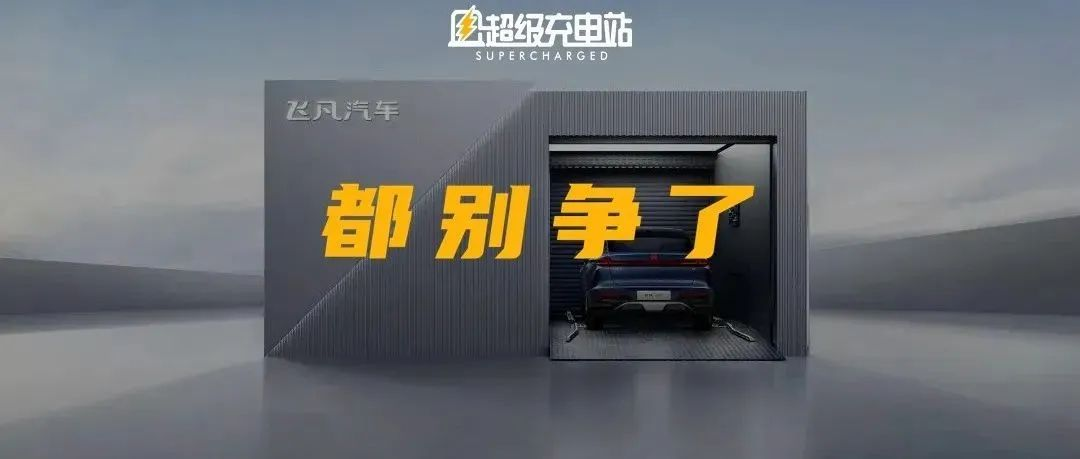What makes little-eyed fat people lift their heads and not give up? What makes bald men show a frightening fierceness? And what makes them fight in public places despite everything?
This is not a distortion of human nature or a moral decline, and you are not on the wrong set.
This was actually a scene that occurred not long ago at the Chengdu Auto Show. The famous oil blower @常岩 CY met the resolute electric blower @王铜根 there. As the saying goes, “when oil and electricity meet, the brave win”, they launched a “hardcore century duel” from ideas to fists. And one of the focuses of this duel is the replenishment speed of new energy vehicles.

Looking at the current new energy vehicle market, electric vehicles equipped with large battery packs have been able to beat many traditional oil-fueled vehicles in terms of single-range. However, between two full charges, electric vehicles often require a long “cooldown” time for the battery, while oil-fueled vehicles can be “resurrected” in just a few minutes due to the existence of some magical liquid. Therefore, replenishment speed is actually the real core under the appearance of mileage anxiety for electric vehicles currently.
Speaking of replenishment, perhaps you can’t imagine that since the application of new energy vehicles on a large scale, electric replenishment has long divided into two different approaches: charging and battery swapping. With the advancement of electrification, these two routes are also undergoing different major version upgrades.
The Era of 1.0: Exploring the Fog
In the second decade of the 21st century, new energy policies began to increase, including subsidies, traffic restrictions, and tax exemptions. Chinese pure electric passenger cars began to leave the “small-scale skirmishes” and enter the shopping lists of more consumers.
The start-up phase is always accompanied by chaos, just like what is written in this section of the subheading. At that time, the major new energy vehicle companies faced a fog of war similar to that ubiquitous in RPG games, only when they went through it would they know what it would be like.
The first route was the most natural extension of thinking. Batteries are a part of electric cars, so if they run out of power, then you charge them. This route quickly divided into two approaches.
 One of them is on-board charger, which is commonly known as AC slow charger. This was almost the closest solution available to ordinary users at that time – as long as you have electricity at home, you can charge your electric car with the on-board charger that comes with it. However, due to the power limitation of the civilian power grid, this method, in addition to its slow charging speed, also produced some embarrassing safety jokes such as “a user used N power strips to supply power from a dozen-floor house to charge an electric car”.
One of them is on-board charger, which is commonly known as AC slow charger. This was almost the closest solution available to ordinary users at that time – as long as you have electricity at home, you can charge your electric car with the on-board charger that comes with it. However, due to the power limitation of the civilian power grid, this method, in addition to its slow charging speed, also produced some embarrassing safety jokes such as “a user used N power strips to supply power from a dozen-floor house to charge an electric car”.

The second one is to build fast charging stations for electric cars, which is the origin of the “fast” word. Industrial electrolysis provides higher voltage and power supply, but only 30 to 50 kilowatts of power could be considered fast charging at that time. At the same time, due to the inconsistent charging standards among different automakers, the problem of “unable to connect to the charging pile” is not uncommon. When the most basic charging nature is not guaranteed, it is even more difficult to talk about services.

This was the 1.0 era of fast charging.
Compared with the “slow and steady” of the fast charging 1.0 era, the “uprooting the bottom to save the pot” style of battery swapping clearly has inherently higher efficiency. As for the 1.0 era of battery swapping, as we mentioned at the beginning of the article, the two routes of electric power supplementation have long been differentiated. Perhaps you can’t imagine how early this “early” is, and who its target users will be.
In new energy vehicles, commercial vehicles with longer driving times actually have a more urgent need for rapid power supplementation than civilian cars. And large-scale battery swapping first appeared on buses and taxis.

In 2008, when the first batch of 50 pure electric buses were put into operation in Beijing, a battery swapping plan was chosen. Eight minutes of battery swapping can meet the running needs of buses for one or two hundred kilometers. However, due to the limitations of technology at that time, the 1.0 era of battery swapping used battery packs without liquid cooling and thermal management systems. Batteries are the most temperature-sensitive patients, without the support of thermal management, the battery efficiency of the battery swapping system at that time was also far from perfect.
 It can be seen that in the 1.0 era, both fast charging and battery swapping were still exploring their own paths.
It can be seen that in the 1.0 era, both fast charging and battery swapping were still exploring their own paths.
2.0 Era: Quality and Speed Increase
Electric vehicles are undoubtedly a representative of the rapid development of technology in recent decades. A major feature of high-tech products is their speediness, not only in terms of upgrades but also in charging speed.
Just as we were still complaining about the various problems of electric vehicle fast charging stations, better supercharging stations such as Tesla’s have emerged.
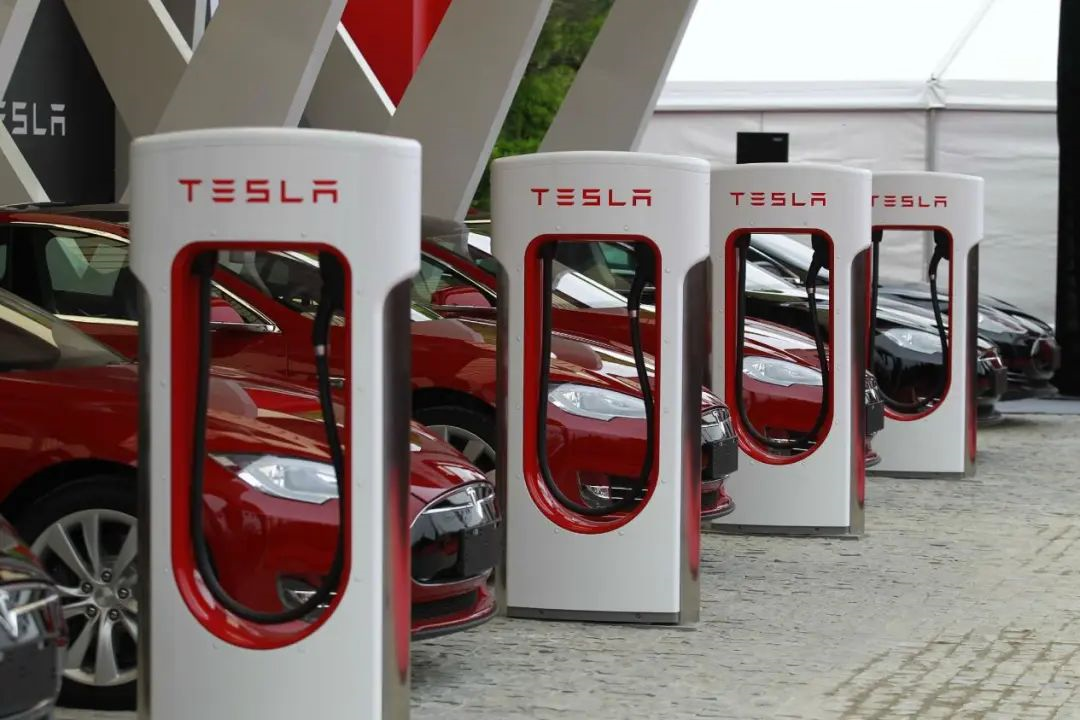
In April 2014, Tesla landed its first Supercharger in Shanghai. In June 2016, the first Tesla Supercharger station in Beijing was built. As of this year, Tesla has opened more than 1,300 Superchargers in China, with over 9,000 charging piles weaving a Supercharging network covering more than 380 cities in China.
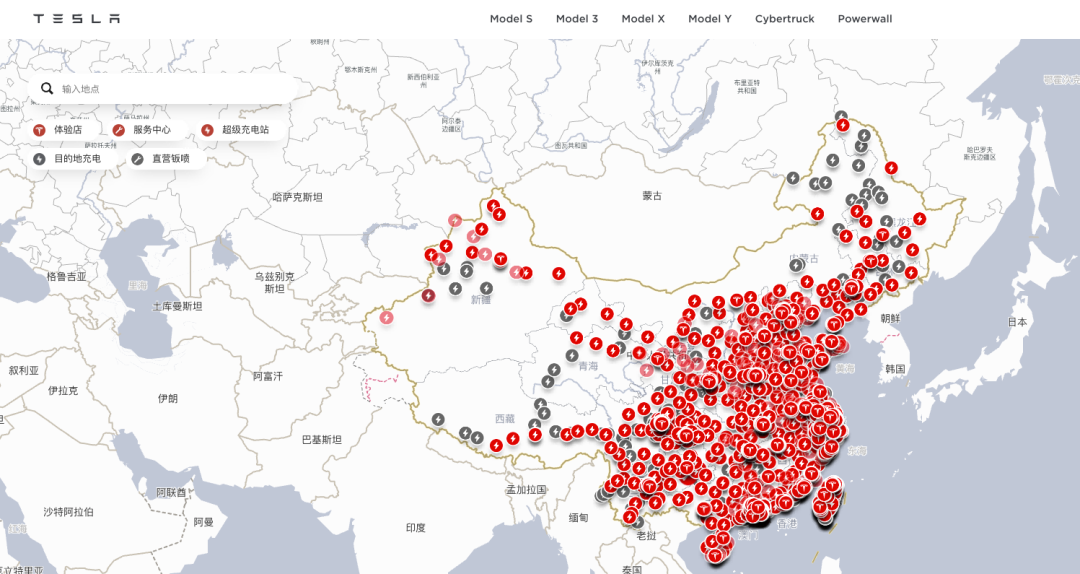
Matching its coverage speed is the charging power. In 2012, Tesla introduced the V1 fast charging pile with a power of 90 kW. In 2014, Tesla launched the V2 charging pile with 120 kW, coinciding with China’s development. In 2019, Tesla introduced the V3 charging pile, with a power of 250 kW, which can charge up to 120 kilometers of range in 5 minutes, further improving efficiency.

In addition to coverage and charging speed, Tesla has also introduced some service mechanisms, such as using “occupancy fees” to prevent users from staying after charging is complete.
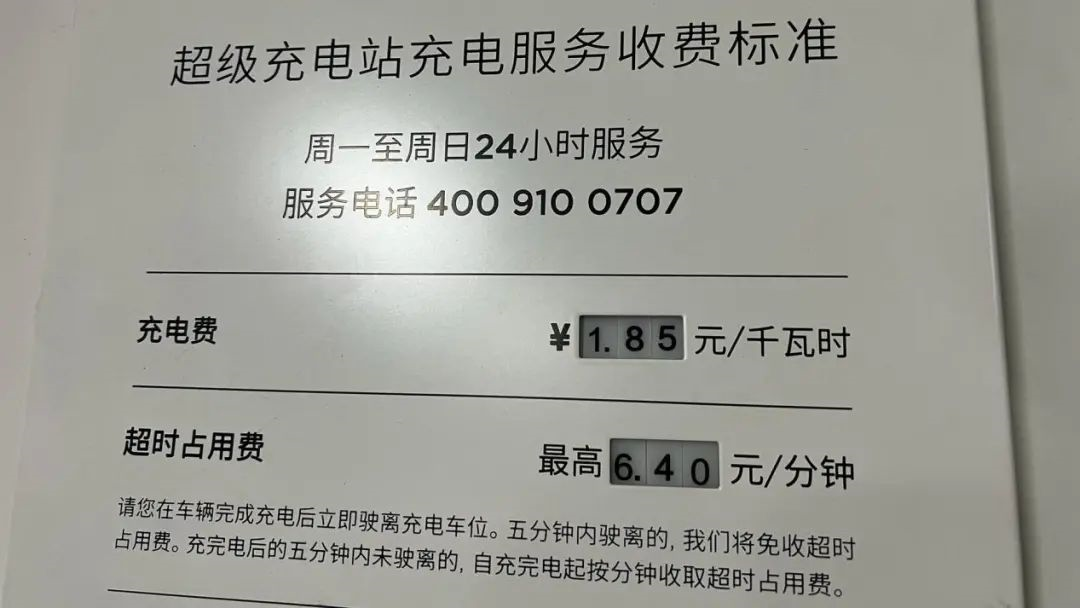
Large coverage, high power, and new services make up what we see as the fast charging 2.0 era. It is now possible to complete a charging session in the time it takes to dine at a mall. However, when it comes to speed, the advantage of the 2.0 era swapping station is still significant, such as NIO.
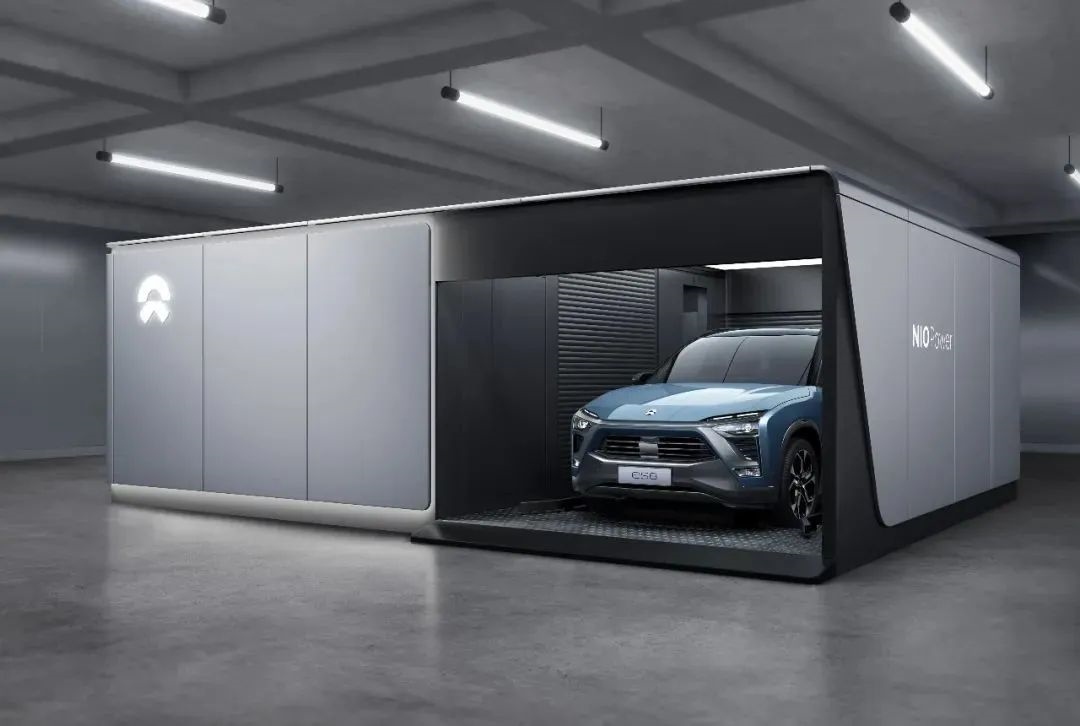 # NIO: The Evolution of Battery Swap Stations
# NIO: The Evolution of Battery Swap Stations
In December 2017, NIO introduced the first-generation battery swap station, which included liquid-cooled battery packs for public use. In 2021, NIO launched the second-generation battery swap station, which can accommodate more batteries than the first station, and supports vehicle automatic parking with no need for the user to exit the vehicle. This has led to an increase in efficiency for individual station rotation.
To truly realize NIO’s slogan, “Swapping is more convenient than refueling,” it is not only necessary to improve individual station efficiency, but also to consider overall coverage. From the first NIO swap station’s opening in May 2018, to September 2021, NIO has built over 1,100 swap stations in more than 250 cities across China.
In cities like Beijing, where the density of swap stations is already high enough, electric car owners no longer need to worry about the distance of their travels exceeding the 30km range of their vehicles. In our tests, the vehicle could be completely recharged within just five to six minutes, from automatic reverse parking to battery replacement, offering a “renewed” driving experience.
In the 2.0 era of fast-charging, even Tesla’s charge stations could not outperform the efficiency, experience, and service of battery swap stations in terms of rapid energy recovery. NIO’s advantage has already begun to show as high efficiency and broad coverage combine to provide a unique service.
Looking towards the future of 3.0, we are excited for a new paradigm shift. As for what form the next generation of energy recovery will take, we believe that it needs to introduce a revolutionary approach.
In this respect, Xpeng has already signaled the beginning of the 3.0 era of fast-charging. On August 15th, Xpeng launched its self-developed S4 ultra-fast charging pile, which uses an 800V high-voltage platform to deliver a maximum output power of 480kW, and a maximum output current of 670A per pile.The true test of performance is through actual demonstration. At the launch event, XPeng Motors showed a real video illustrating what “5-minute charging for 200km range” truly means. A more realistic 10%-80% charging only takes 12 minutes. With XPeng S4, even the time one takes for a meal may be too long for charging, as the battery could already be close to being fully charged.

This is the magic of high-power fast charging. However, as the power of fast charging continues to increase, some problems with the infrastructure will emerge.
The first problem is the total power of the charging station. According to XPeng’s current technical plan, the maximum power for a single S4 supercharging unit is 480kW. But due to grid pressure, the total power of a S4 supercharging station, with 4 charging units, is also limited to 480kW. In other words, in order to enjoy the “5-minute charging” pleasure, you must find a supercharging station that is completely empty. Once the second car joins, the peak power will bid you farewell.
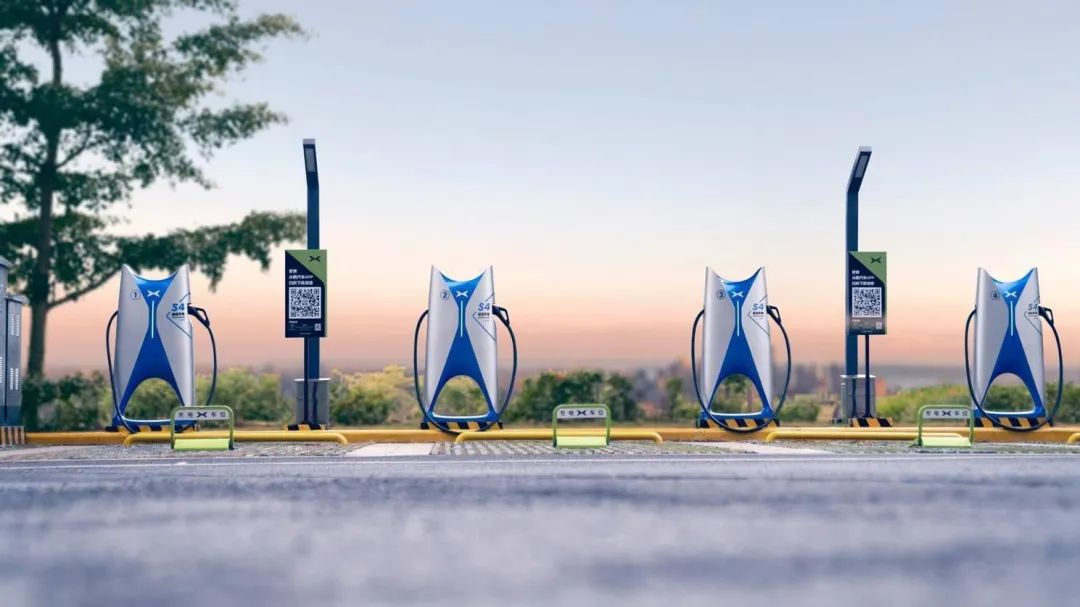
The regret of 3.0 era fast-charging. Can battery-swapping in the 3.0 era solve this problem?
Shanghai-based automaker SAIC’s new energy vehicle (NEV) brand Feiteng submitted an answer sheet.
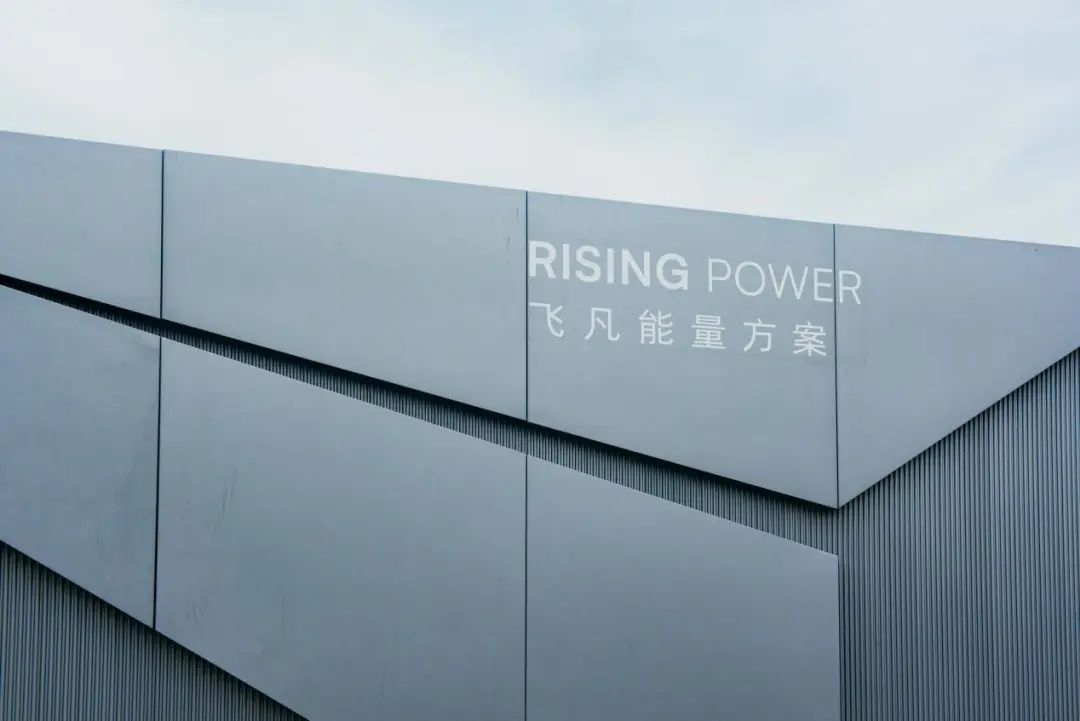
Feiteng? Battery swapping? Despite this newcomer to the battery swapping market, behind the company is a heavyweight alliance comprising of China Petrochemical (Sinopec), China National Petroleum, SAIC Motor, Contemporary Amperex Technology, and Shanghai International Automobile City.

These two oil giants are even directly involved in funding this new energy battery swapping business. Previously, we may have seen news of their cooperation with other battery swapping brands, but this time, these two energy giants are taking the initiative to invest in new energy battery swapping.
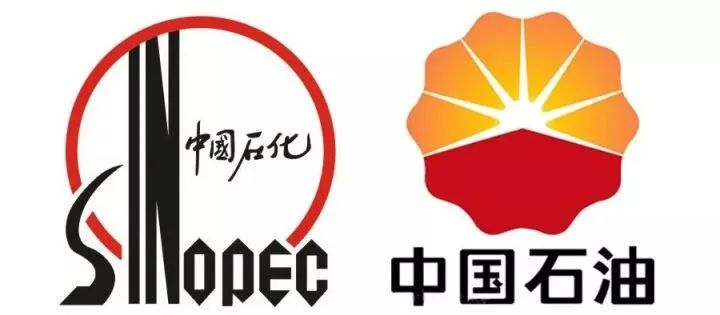 Bold flying on a firm footing, the first thing to overturn is the coverage scale of battery swapping stations.
Bold flying on a firm footing, the first thing to overturn is the coverage scale of battery swapping stations.
Compared with the strong Internet style of new forces, the bigwigs obviously like to do things first and then talk about it. This month, the first Flyingcharging preferred swapping experience station has been built in Shanghai Anting Delivery Center. According to the plan, Flyingcharging will build nearly 40 comprehensive service energy stations nationwide in 2022, 300 in 2023, and the scale will exceed 3,000 in 2025.

As for the imagination of scale subversion, although Flyingcharging has not mentioned it for the time being, I think our outlook can be opened up a bit more. After all, this is a clear signal for traditional energy giants to turn to new energy, and in China, Sinopec has more than 30,000 network nodes and PetroChina has more than 20,000 network nodes.
Second is technology.
Flyingcharging has a patented reinforcement battery fast swapping technology called QUICK CLICK. On the one hand, this technology can achieve precise positioning by matching the four high-precision locating pins with the vehicle body, fearless of various errors in actual use. On the other hand, the 5,000 times of safe swapping service life is three times of the national standard for swapping battery, ensuring the durability of the vehicle swapping structure. The advanced “liquid-cooled interface” design not only meets the thermal management needs of the battery pack but also eliminates the problem of coolant leakage.
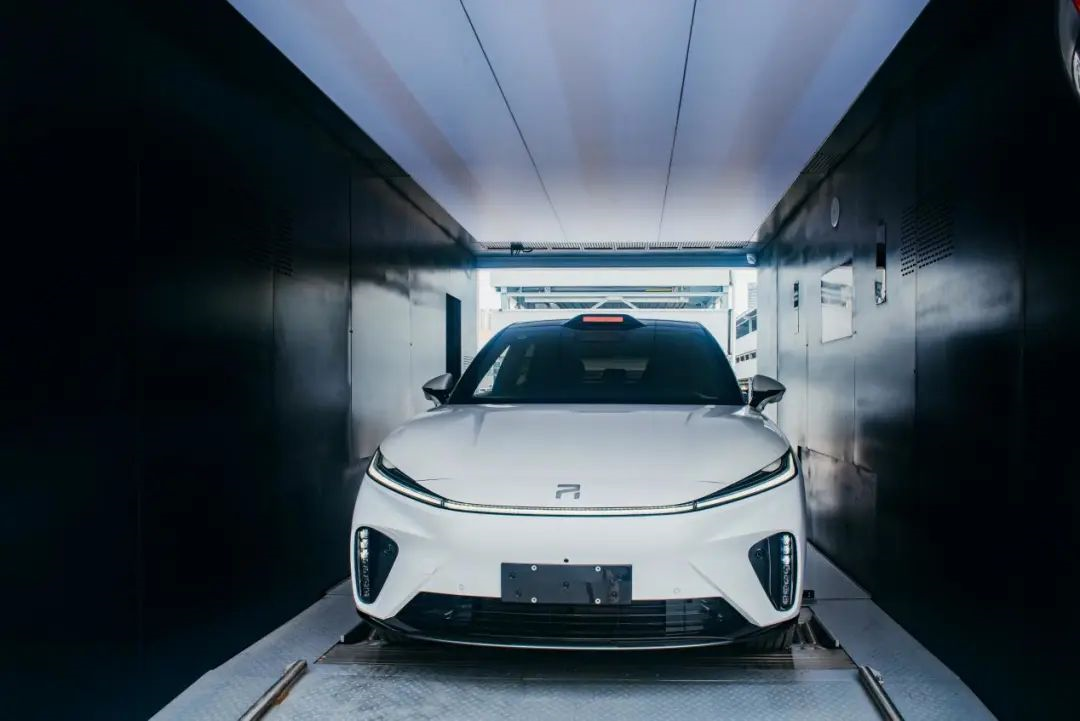
If the above mentioned the evolution of current swapping technology, then the “wheelbase adaptive switching system” has taken up the responsibility of “subversion” at the technical level.
A major pain point in the existing swapping system is the compatibility problem of swapping across vehicle models of different level. Compared with the current swapping battery, Flyingcharging uses a larger battery energy density to obtain a smaller vertical projection area of the battery pack. This “smaller” is mapped to objective data. Compared with the mainstream swapping products on the market, NIO’s battery projection area is about 50% larger than that of Flyingcharging. As for different versions of battery packs with different capacities, Flyingcharging chooses to solve them by using different thicknesses of battery packs. But thanks to the higher battery density, even if it is the 110-degree version, the height of Flyingcharging’s battery pack is still smaller than that of existing products.
 Therefore, Feastauto’s adaptive wheelbase switching system ensures compatibility with power battery replacements for vehicles with different wheelbase spans, ranging from A0 to MPV, which also opens the door to battery swapping for the vast majority of passenger car types.
Therefore, Feastauto’s adaptive wheelbase switching system ensures compatibility with power battery replacements for vehicles with different wheelbase spans, ranging from A0 to MPV, which also opens the door to battery swapping for the vast majority of passenger car types.
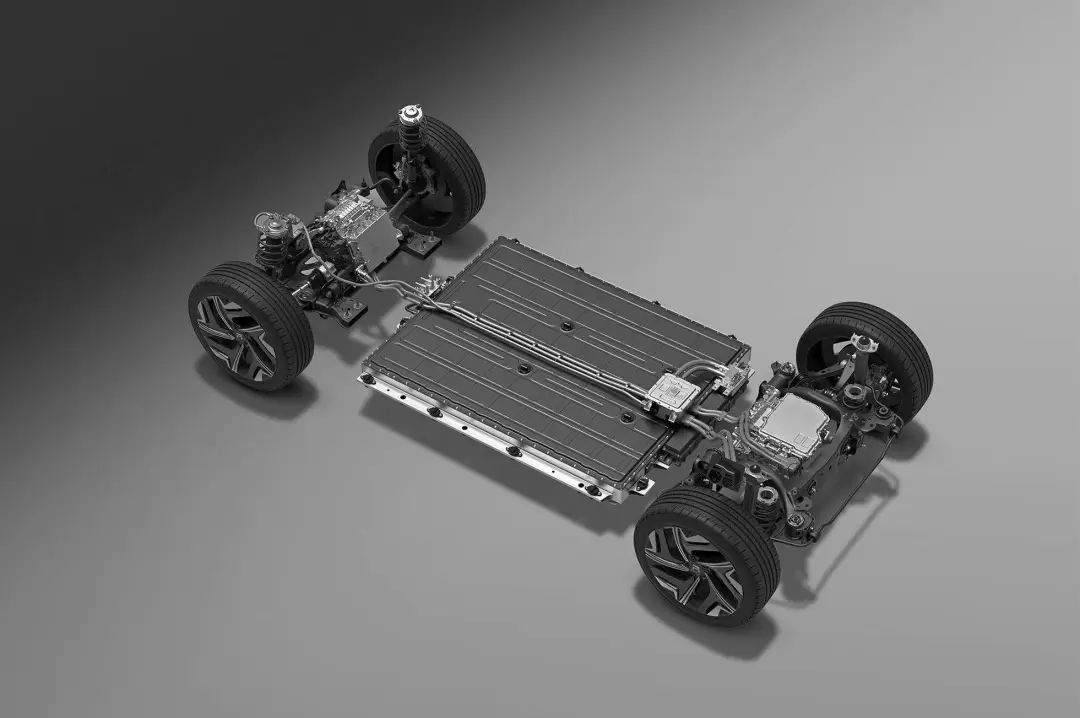
With new technology as its backbone, it was only a matter of time before the battery swapping experience was revolutionized.
Firstly, the battery swapping speed. With the QUICK CLICK reinforced battery fast swapping platform, it only takes 2 minutes and 30 seconds for Feastauto R7 to complete a battery swapping, making the replenishing efficiency of battery swapping even higher than refueling.

Secondly, the battery swapping experience. In the Feastauto battery swapping system, users can not only order the battery swapping through the vehicle’s infotainment system, but also through their mobile phones. Users can not only automatically place an order upon arrival, but also choose to reserve and lock the battery in advance, making their trip planning simpler.

There are also more flexible battery rental plans. Since battery management and battery swapping station construction are managed by the same company, a unified organizational structure has overcome the “flexibility” barriers. The battery is “upgradable and downgradable”, which truly achieves a commuting experience with a small battery for cost-saving and an upgraded large battery for long-distance travel use. The battery is also “removable and replaceable”, and the option can be switched freely between purchasing the entire vehicle and separating the vehicle’s electric system, making it easier to cope with the demand for inadequate battery swapping stations and vehicle transactions.

The transformation of layout, technology, and experience are enough to qualify as a major update for the next generation of battery swapping, which is also what Feastauto is pursuing with its advanced and extraordinary new version of battery swapping.
In a few years, when battery swapping stations become as ubiquitous as gas stations, and battery cells become “customizable” like gasoline for all electric vehicles, perhaps it will be time to throw “range anxiety” in the trash.
And this day may start in 2022.
2022 seems to be the end of the oil-electricity war, or perhaps the beginning of the next round of competition.

Just tonight, the RisingAuto R7 officially went on sale at a starting price of 302,500 yuan. If you order now, you can also enjoy a 12,600 yuan car purchase subsidy by the end of the year. This is probably RisingAuto’s sincere opening move to start this round of competition.
-END-
This article is a translation by ChatGPT of a Chinese report from 42HOW. If you have any questions about it, please email bd@42how.com.
